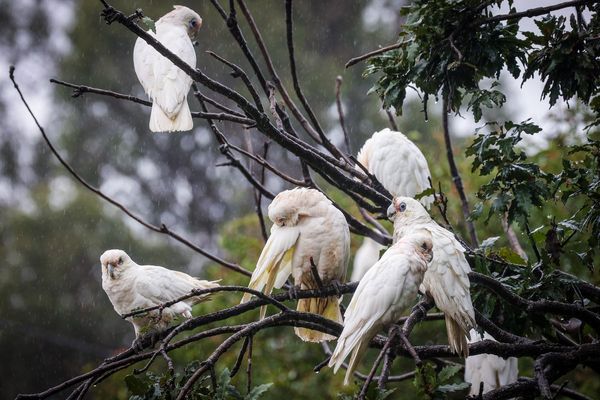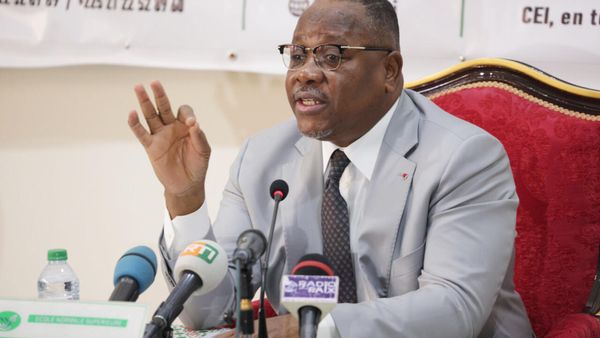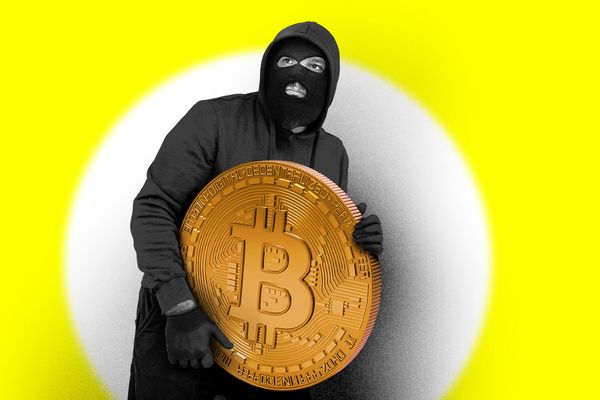
An urban legend I heard many years ago goes something like this: Melbourne became known as a centre of protest early in its colonial history, between gold miner actions and struggles for working conditions such as the eight-hour day. As such, in order to create a city in which there was no real “point of convergence” for protesters to take action (for example, a town square), as well as to reduce increasingly frequent displays of robust democratic engagement, the Hoddle Grid pattern was chosen as a practical solution.
Whether there is truth to this claim still appears to be up for debate. Certainly when it comes to protest, Melbourne has an abundance of such activity, and does tend to “do them better” than other major Australian cities, city square or not. It’s a rare occurrence that a week goes by without a protest taking place in Melbourne, and some — such as for Invasion Day, the anti-Iraq War marches, or moratoriums — have been noted for drawing masses.
As a regular protest-attender, and sometime organiser, I take pride in the fact that Melburnians have this reputation for “getting out on the streets”. Yet over the years, I have noted that not only have police numbers increased dramatically at the rallies, but that nowadays it is also standard practice for special operations group officers to attend — fully kitted out in Kevlar and armed with an abundance of assault weaponry.
The news last month, then, that Victoria Police approached the state government to introduce a permit-application process for protests is a completely unnecessary overreach. The Allan government rejected the proposal, but it’s unlikely this will be the last we will hear of it, particularly as other states have such permit processes in place — and as Victoria Police has demonstrated on several occasions that it revels in extra powers.
This request came off the back of two political actions last month: a community picket at Webb Dock where protesters shut down operations in a bid to stop the import of weaponry and goods to Israel; and a rally in the city that included gender-critical feminists on one side of the barricades, and trans rights activists and anti-fascists on the other (an anniversary protest for a similar event — attended by neo-Nazis — that took place last year with the arrival of UK opinionista Kellie-Jay Keen-Minshull).
In its call for a permit system, Victoria Police highlighted its concerns that due to the frequency of protests in Melbourne, and the increased police presence it believes it needs to supply to decrease public disruption, there was a need to introduce a process where such protests could be shut down. Police also highlighted the problem of “violent protesters” needing to be contained.
Protest is a fundamental human right. Indeed, the right to “peaceful assembly” is mentioned in the UN Declaration of Human Rights. Introducing a permit system potentially breaches this by putting the power with the police, rather than the people, and giving them the right to say what is and isn’t acceptable to protest. Whether “violent protesters” are a problem is also questionable. If anything, protesters are mainly peaceful; conflict arises when they fail to adhere to often ridiculous police directives, with police then enacting violence to get people to submit.
This is evidenced not only by statements put out by Melbourne Activist Legal Support and the Victorian Aboriginal Legal Service, which highlight the extent of violence and police weaponry used on protesters, but also by the images and videos obtained by journalists documenting the events. Indeed, this footage by BOX4 shows two trans rights activists being thrown to the ground by police for apparently being in the “wrong area”, and a Herald Sun photographer being manhandled and injured.
Police violence at protests has long been a problem, but it particularly worsened during the COVID years when the then Andrews government increased policing powers to enforce new rules around community movement during a public health crisis. It was at this point that police also received additional assault weapons to use on protesters, which they have continued to do so since their first recorded use on anti-lockdown protesters.
It’s hard enough trying to figure out why protective services officers — essentially a policing category that grew out of public transport ticket inspectors and requires only 12 weeks’ training — are required to carry guns. So why do protesters need to be surrounded by special operations police carrying rubber bullets and capsicum spray grenades?
A police community liaison officer has told me that it’s “standard procedure” nowadays to have special operations police at protests. Rather than making protests safer, all this seems to accomplish is increased police violence and aggression. At protests, when they are not enacting violence on protesters, police mainly just stand around guarding property, such as the stairs of Victoria’s Parliament House, to make sure grassroots types don’t climb too high. I am certain I am not the only person who feels less safe when the officers are around, particularly as an Indigenous woman.
Permit systems do not appear to have stopped police from enacting extraordinary violence on protesters in Sydney. If anything, as evidenced by this report by Legal Observers NSW, protesters are being brutalised, bullied and surveyed in ways that are clearly excessive and disturbing. Permit systems for protests are not only not necessary, but they are also unwarranted. Further, a police presence is not required, or wanted, at any rally, particularly when community organisers work hard to train marshals and medics to ensure a safe event.
Protest is a sign of a healthy democracy, and it’s time police powers were wound back and less police attendance became normalised. Unless this happens, this aggression towards protesters will continue to escalate and will one day end in tragedy.







